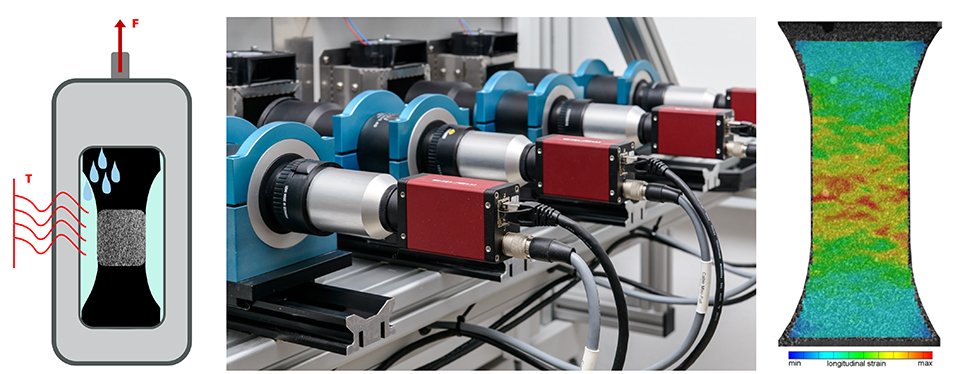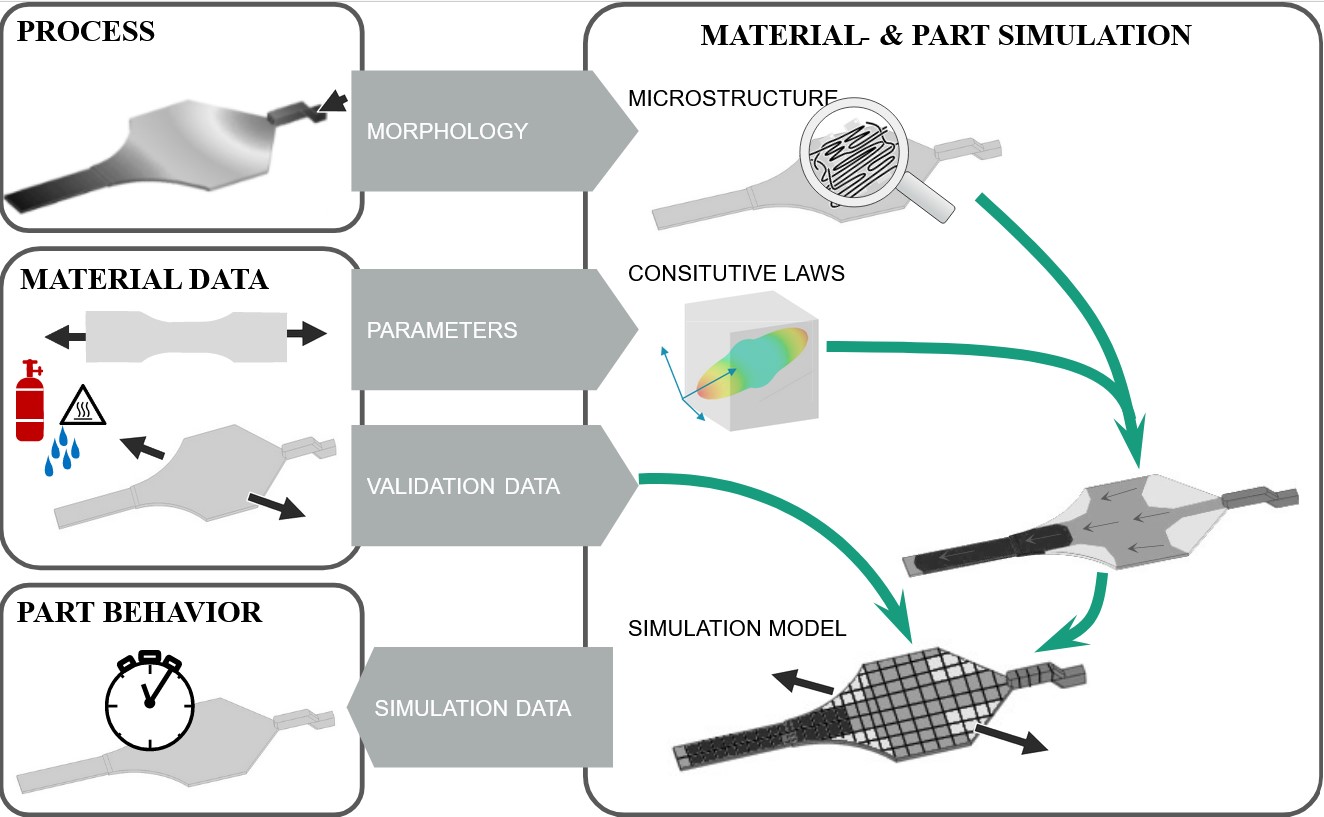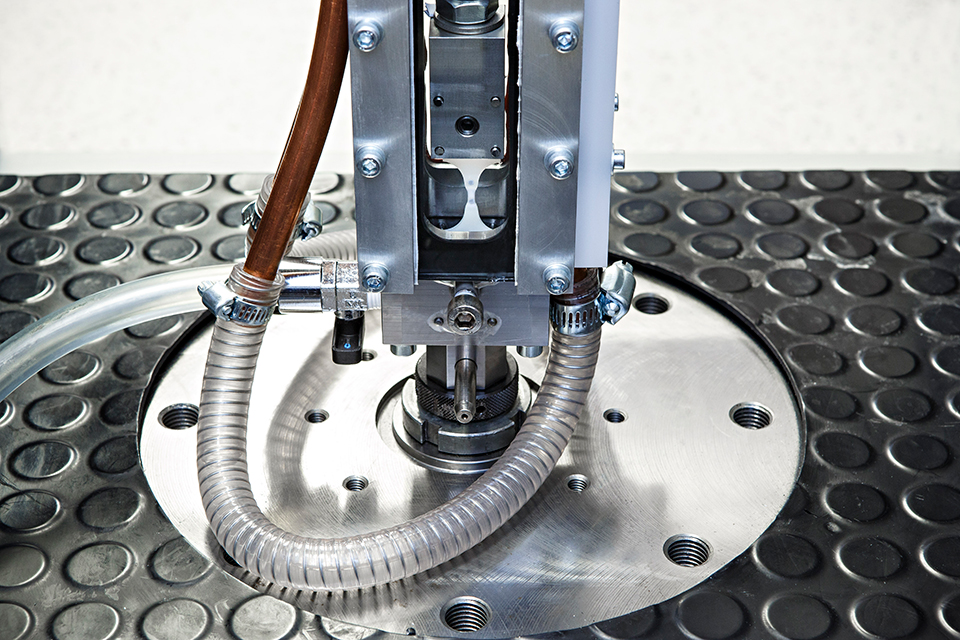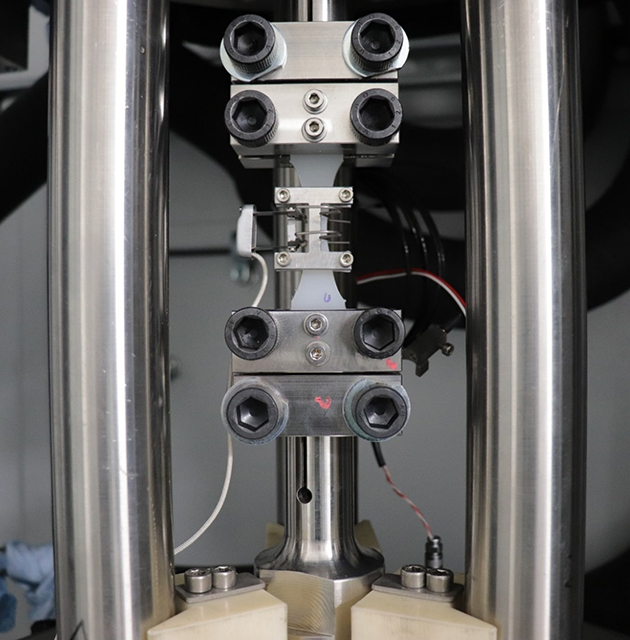Interdisciplinary work for safe operation


Plastics are an important factor when it comes to sustainable, weight-optimized lightweight structures. Plastics are used, for example, in fuel cell housings and bipolar plates, fiber composites and liners in hydrogen pressure tanks, sealing components, pipelines and pipelines. There are plans to use a large number of existing plastic-based systems in the hydrogen sector in the future (e.g. in the natural gas network). However, for the majority of plastic materials, whether elastomers, (fiber-reinforced) thermoplastics or duromers, only very limited knowledge, if any, is currently available on their behavior in the hydrogen context. This applies in particular to long-term behavior.

In the case of plastics in direct contact with hydrogen, the main focus is on mechanical behavior, chemical and physical aging, sorption and diffusion properties, and swelling behavior when media are absorbed. This can affect different pressure and temperature ranges, from the low-pressure range up to 3 bar in fuel cells, through medium-pressure ranges up to 35 bar in pipelines, to the high-pressure range > 200 bar in compressed gas storage.
However, the question of material behavior does not only cover direct contact with hydrogen. Depending on the application, special requirements regarding the behavior under liquid media, temperatures or complex stress scenarios may also be relevant. One example is fuel cells in which cooling liquids act on plastic components.
When testing material specimens, it is imperative to consider the relevant variables influencing the material properties. This also includes the variety of possible mechanical stresses in the systems mentioned. These can act under different loading speeds and frequencies: e.g. as creep loads, cyclic fatigue loads and highly dynamic loads in crash or impact cases.


Through the unique interdisciplinary combination of expertise at Fraunhofer LBF in the fields of materials development, analytics, materials testing and design methods, we develop solutions in public research projects and bilateral customer projects to develop reliable plastic components for hydrogen technology.
The Fraunhofer LBF offers a wide range of customized tests and methods at the material, sample and overall system levels. The focus is on the application-oriented consideration of all relevant influences in the test. This allows interactions between media, aging effects and mechanical properties to be identified, understood and predicted by taking the material structure into account. The results are incorporated into method developments for component design via structural simulations. Project examples in this context include the creep of anisotropic housing materials in media, the influence of hydrogen on the mechanical behavior of plastic liners in pressure tanks, and the investigation of the H2 sorption behavior of plastic samples under high pressure. In order to be able to assess the behavior of fiber-plastic composites in hydrogen pressure tanks under real conditions, methods for structural monitoring and damage detection are being developed in the Hymon project. In the LBF joint project Hydrotransseal, methods of material optimization through targeted modifications via additives and filler selection are being investigated in the context of elastomeric sealing materials.
The activities are embedded in the GreenMat4H hydrogen performance center2 . Here, current issues are addressed and project approaches developed in close contact with customers.
Fraunhofer LBF thus acts as an important development partner for plastic components in hydrogen systems when it comes to providing support in material selection, evaluation, and material-specific design and processing.
